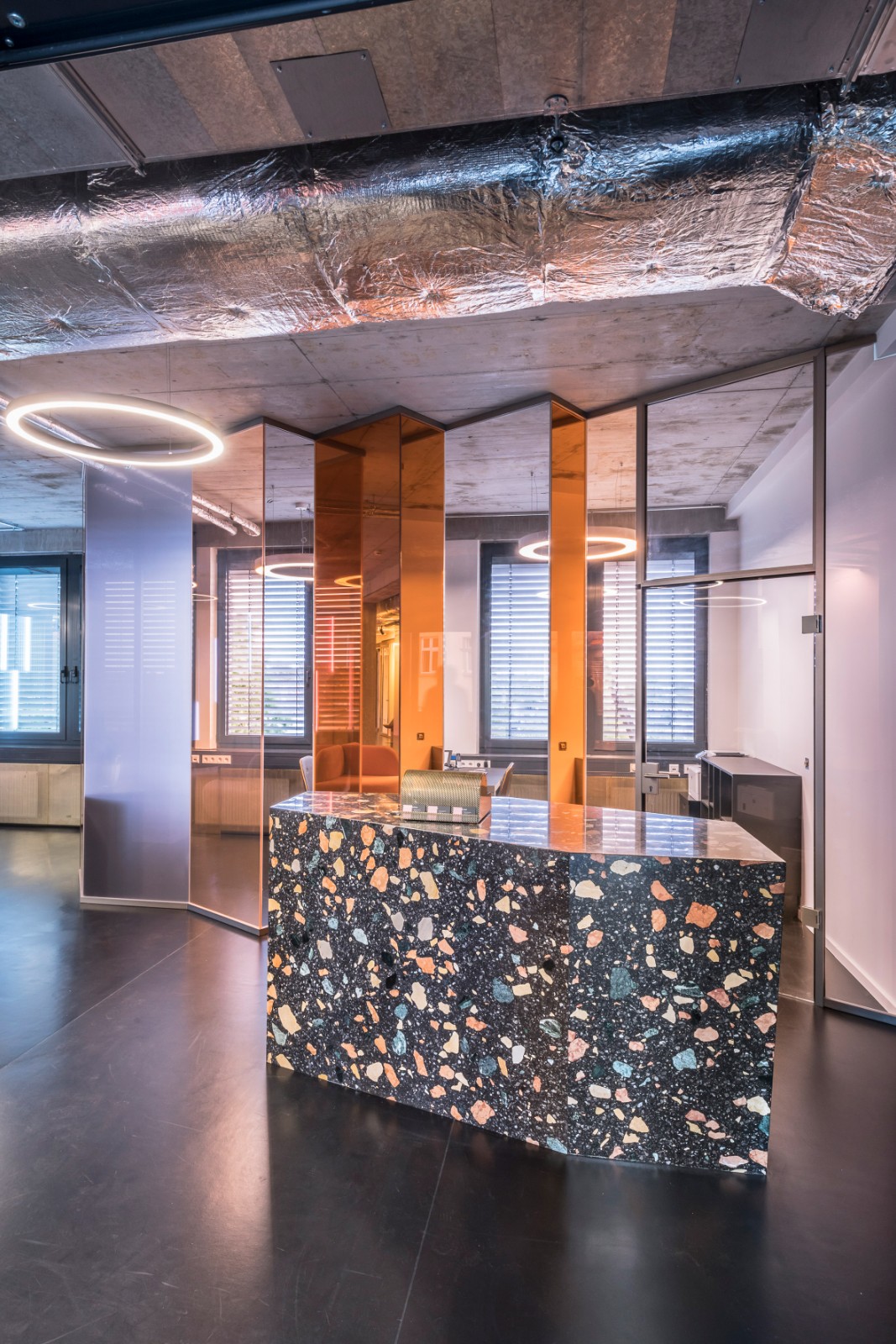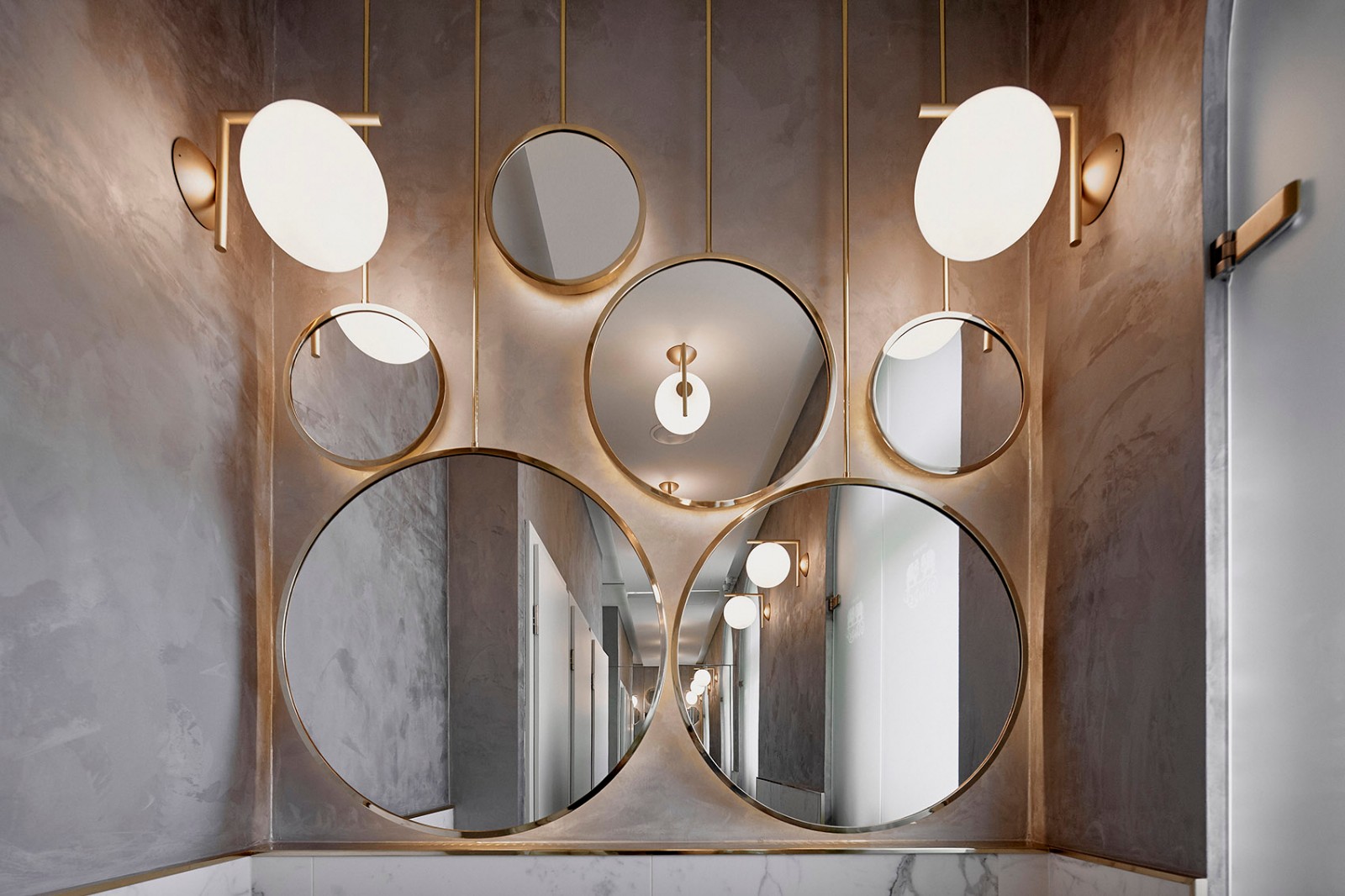BAUZIUM Kim In
2015-09-10 02:00
© Thierry Sauvage
(蒂埃里·索瓦奇)


架构师提供的文本描述。关于“场地和空间”,有各种各样的作品,但建筑与场地有很高的关系。我们的柬埔寨项目高梅尔斯克也是如此,尼泊尔喜马拉雅山的项目进程也是如此。气候条件决定了该遗址的结构这一共同事实也是如此。位于太白克山脉之外的朝鲜半岛的脊椎骨,与东方和西部不同-从乌尔桑巴威岩吹来的东北风和从东海吹来的海风吹拂了整个森林,到处都是松树。
Text description provided by the architects. There are various works regarding 'site and space' but architecture are highly related to site. The same is true for our Cambodia project, Khmeresque, as well as the process of project in Nepal, Himalesque. The common fact that climate conditions determine the architecture of that site is also true this time. The site beyond the Taebaek Mountains' the spine of the Korean peninsula, is as different as East and West The northeasterly wind coming from the Ulsanbawi Rock and the sea breeze from the East Sea digs up the entire forest full of pines.
© Park Young-chae
朴永哲


在一个4,500㎡的菜地上建造一个艺术画廊,从了解风开始.虽然没有喜马拉雅的风那么强,但这里的风对日常生活也有很大的影响。三座独立的建筑,每座150㎡,与一堵墙相连,墙将被分割的区域连接成一个面积为450㎡的区域。这堵墙也是风停的地方。考虑到风的本质,与其与风作对,不如与它站在一起。
Building an art gallery on a 4,500㎡-vegetable field begins with understanding the wind. Though not as strong as the Himalayan winds, the winds here also have a significant impact on daily life. Three separate buildings, each 150㎡, are connected with a wall, which links the divided areas into one single area of 450㎡. The wall is also an area for the wind to stop by. Considering the nature of wind, it is better to stand with it than to go against it.
© Park Young-chae
朴永哲


Bauzium三大展馆:与东道主的雕塑家收藏的永久展览的“现代雕塑馆”;她自己的展览和工作室的“KimMyoung-Sook雕塑画廊”;以及专门展览和策展人的“特别展馆”。为了让10%的场地充满建筑,所有开放的区域都面对着乌尔桑巴威岩。虽然建筑面向西面,但就空间顺序而言,这是最好的条件。
Bauzium three main pavilions: the 'Modern Sculpture Pavilion' for the permanent exhibition held with the hosts' sculptor collection; the 'KimMyoung-Sook Sculpture Gallery' for her own exhibition and atelier; and the 'Special Pavilion' for special exhibitions and curators. To fill only 10% of the site with architecture, All open areas face the Ulsanbawi Rock. Although the building is facing west, this is the best condition in terms of the order of space.
© Jun Myung-jin
俊明进


我们还创建了一个院子,把土地分成三部分,然后用水、岩石和草填满它。这是为了将建筑与土地所有者十多年来一直居住和耕种的居住空间联系起来。最后,该区域是一个由四个部分组成的单一区域。篱笆在空间之间划出一条线。设置不同长度和高度的篱笆,在栅栏重叠和弯曲的地方设置屋顶。这座建筑除了墙壁上的某个地方的屋顶外,没有其他形式。建筑并不自夸要在哪里展示雕塑。
We also create a yard by dividing the land into three sections and filling it with water, rocks, and grass. This aims to connect the architecture with the living space where the land owner has lived and cultivated for more than a decade. In the end, the area is a single area consisting four parts. The fence draws a line between spaces. The fence with different length and height are set up, and roofs are placed where the fences overlap and bend. The building does not have a form other than roofs placed somewhere on the walls. Architecture does not boast itself where sculpture is to be presented.
© Kim Jemin
c.Kim Jemin


Floor Plan


© Jun Myung-jin
俊明进


篱笆是卑微的,不是花哨的。破碎的岩石和混凝土硬化一旦放置和混合在模具中。由物理属性和组合而不是计划和意图创造的巧合终究是不可避免的。如果造型艺术或雕塑是有意的必然结果,建筑就会尝试相反的方法。
Fences are humble, not fancy ones. The broken rocks and concrete harden once placed and mixed in the mold. The coincidence created by physical properties and combinations rather than plans and intentions end up inevitable after all. If formative arts or sculpture is a result of intended necessity, architecture attempt the exact opposite.
© Kim Jemin
c.Kim Jemin


一个钢框架被放在适当的位置,在简陋的篱笆上建造墙壁,并在顶上建起屋顶。篱笆是篱笆,不是墙。但它们似乎是重叠的。防水保温屋面或靠墙或独立站立。与挂在墙上的绘画不同,雕塑是放在地板上的。因此,墙壁不面临任何限制。我们可以邀请光透过墙壁,作为连接内外的窗户。湖面倒映在窗前,体现了松树和乌尔桑巴威岩随风而起。
A steel frame is put in place to build the walls in the humble fences and roof the tops. The fence is a fence, not a wall. But they seem to be overlaped. The waterproof and insulated roof and wall either lean against the wall or stand independently. Unlike paintings that have to hang on walls, sculptures are placed on the floor. Therefore, walls do not face any limitations. We can invite the light to soak through the walls, which serve as a window connecting the inside and out. The water surface reflected in window embodies the pine tree and Ulsanbawi Rock along with the wind.
© Jun Myung-jin
俊明进


小镇的名字是“岩石是最好的”。作为它的名字,这个遗址坐落在一块巨大的岩石上。难怪我们设计的户外画廊都是黄色的岩石,想象着当乌尔桑巴威岩升起时,它们会滚下。隧道施工中的碎石和原-安-里的岩石协调得非常好,创造了“岩石花园”。这就是博物馆的名字,Bauzium,来自这里。随着时间的推移,风会使花园变绿,把土壤和种子带到篱笆的裂缝里。我们相信,这就是如何建立
Won Am ri, the name of town, means 'the rock is the best'. As its name of it, the site is sitting on top of a large rock. No wonder we designed the outdoor gallery with yellow rocks imagining that they rolled down when the Ulsanbawi Rock rose. The broken stones from the tunnel construction and rocks from Won-Am-ri harmonize extremely well, creating the 'Garden of Rock'. This is where the name of the Museum, Bauzium, comes from. Over time, the wind will green the garden, bringing soil and planting seeds in to the cracks of the fence. This, we believe, is how to build
© Jun Myung-jin
俊明进






































































Architects Kim In-cheurl + Archium
Location Goseong-gun, Gangwon-do, South Korea
Category Gallery
Designer & Supervisor Kim Jemin
Project Year 2015
Photographs Jun Myung-jin, Kim Jemin, Park Young-chae, Thierry Sauvage
























